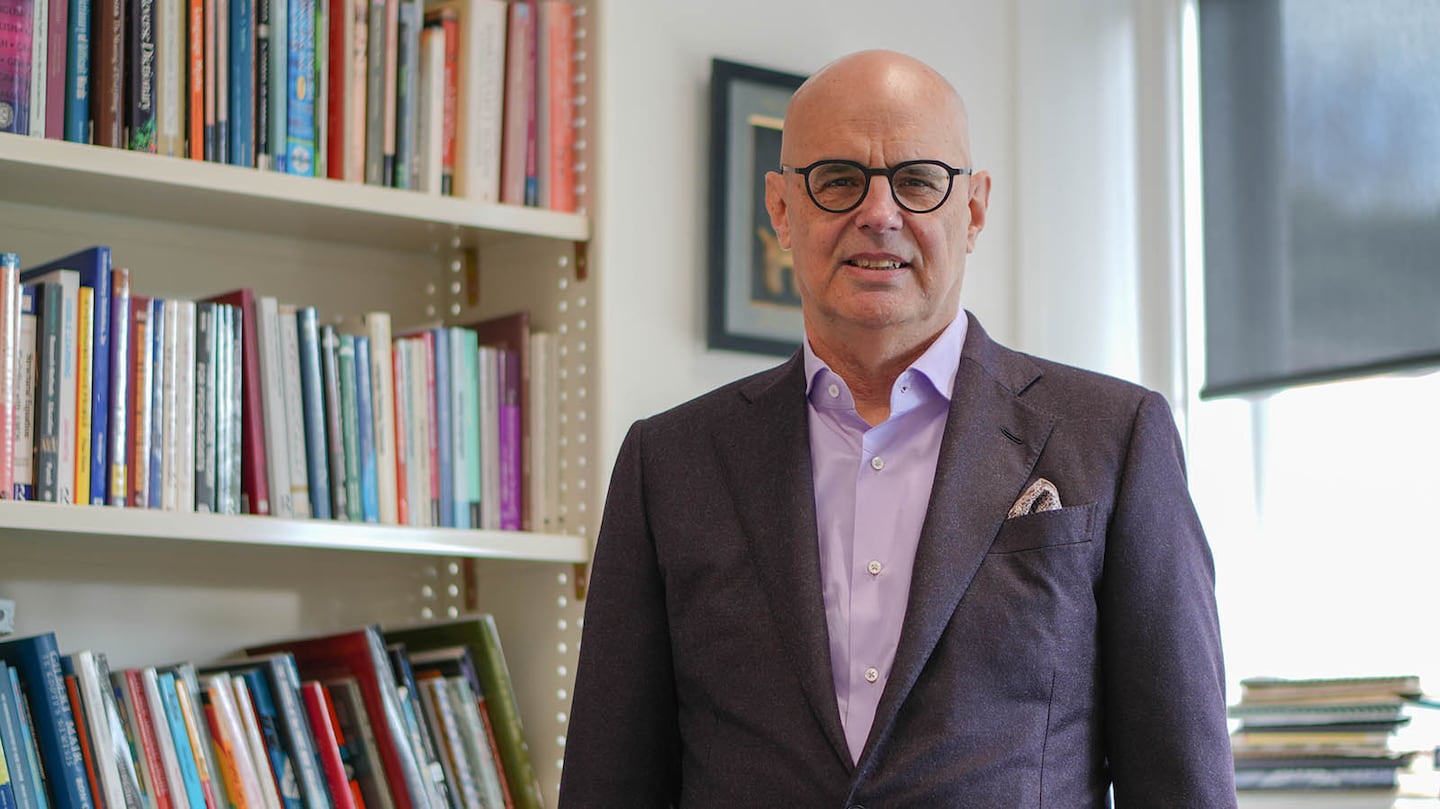Dr Peter Keegan (Waikato-Maniapoto, Ngāti Porou) of the University’s of Auckland’s Faculty of Education and Social Work has released a unique book written entirely in te reo Māori which explores his travels to India over the past 30 years.
Titled: Ko te Torotoro i te Whenua o Īnia, the book offers a distinctive perspective on India, framed through the lens of Māori language, which Keegan says allows for a richer storytelling experience.
“The title urges exploration of India and captures my many adventures there, alongside insights into language and Indian culture. The way te reo Māori describes a story is different from English, allowing for a unique encapsulation of my journey,” says Keegan.
Part travelogue, part cultural reflection, Ko te Torotoro i te Whenua o Īnia is self-published and the eBook version is free. This ensures an accessible source for Māori language readers and learners.
From visiting major cities and tourist hotspots to encountering intriguing individuals and unexpected incidents, Keegan writes from a Māori perspective on Indian literature, languages, and culture, making it a unique read for Māori language learners.
This book also addresses a gap in contemporary Māori literature, with few Māori academics writing in te reo Māori on non-Māori topics. Keegan encourages his students to write in te reo Māori and hopes Ko te Torotoro i te Whenua o Īnia will inspire others to tackle subjects beyond the traditional scope of Māori-focused content.
The reo Māori used in the book is deliberately generic, avoiding dialect-specific terms to ensure accessibility for advanced learners of Māori.
“Some purists might refer to the style as ‘Queen Street Māori,’ but the book’s clear, universal language makes it approachable for a broad audience. It also includes an extensive glossary of lesser-known Māori terms and the occasional English word to assist readers in navigating the text.”
Keegan has long been fascinated by the language landscape of India and the varying attitudes toward language across the country. While India is home to many languages and dialects, Hindi is the most used language, especially in the north.
However, he points out that using Hindi requires a deeper understanding of cultural nuances.
“You can have difficulties directly translating a sentence from English into Hindi because there are layers of respect and cultural considerations to account for. Certain jokes or expressions, for example, wouldn’t translate well,” he says.
Keegan recalls that his Hindi-speaking friends were curious about how he portrayed their culture in the book. “They asked me, ‘What exactly did you say about us in the book?’”
In his response, Keegan focused on three main aspects. “First, I wrote about the linguistic landscape, highlighting the complexity of language in India and how Hindi functions differently, especially in terms of word order in sentences and how words are assigned grammatical gender.”
“Second, I touched on Indian literature, covering traditional, modern, and written forms. Many Indian works are written in local languages and later translated into English, which changes how they’re perceived.”
Lastly, Keegan delves into Indian culture itself. “If you’ve been to India or spent time in Indian communities, the literature and culture come alive for you. You start to understand the deeper context behind the stories.”
Keegan says future editions may be released in Hindi and Bengali, expanding the book’s audience.
By Te Rina Triponel of Waipapa Taumata Rau, University of Auckland



